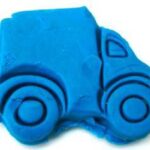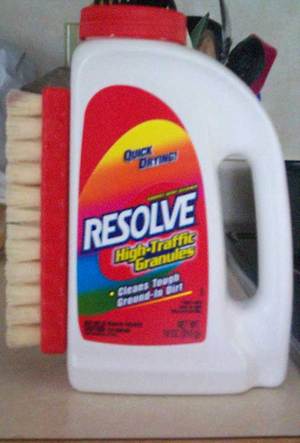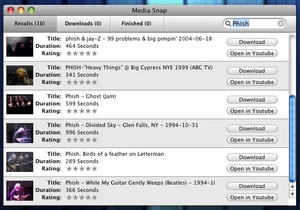When you think of educational toys, is play dough at the top of your list? If not, it should be. Asa preschool teacher, I usually prefer to use the brand name “Play-Doh” by Hasbro Toys. It has the best texture of any I have found and better shelf life than most. For my purposes here the term “play dough” refers to any of the soft colorful modeling compound available on the market. I’ll also give you a recipe and directions to make your own.
Who uses play dough? Preschool is the ideal age to introduce play dough. Children age three or four are still very much sensory learners and they can discover art and science through the use of play dough. They delight in the colors, scent and texture. These children take great pleasure in watching the dough squeeze through their fingers. They will smell it, and some will want to taste it. Homemade and purchased play dough alike are non toxic, but don’t use sensory enhancers like glitter or gravel if your child is under age three. By manipulating it into different shapes they learn that a flat “pancake” is the same amount of dough as a thin cylinder. Don’t worry if they mix up the dough from two different canisters – they are learning the properties of color.
Care and use: Even the best brand of dough is fairly inexpensive, but all will last longer if properly used and cared for. Of course the first rule of play dough is that it should be kept in a tightly sealed container when not in use. Clean hands are very important. Not only do you keep germs and foreign matter out, but you also help preserve the vivid colors. A clean work surface and tools will be needed for the same reasons. This can be any smooth, washable surface. In my classroom each child uses a vinyl placemat on the table for a work surface. Solid color mats are more open-ended and likelier to enhance the child’s own creativity. We also have a few with letters, numbers, and simple shapes, which the children enjoy copying in dough. Teach your young child to mound, flatten, roll, pinch, and squeeze the dough into desired shapes.
Creative Tools: Once they have mastered the hand techniques you can introduce tools. It’s possible to purchase a wide variety of toys designed for use with playdoh. You can do that, but it’s not really necessary. Your kitchen is full of cylinders that can serve as a rolling pin. Try a spice jar, can of vegetables or empty frozen juice container. Cups, jars and lids can be used to cut perfect circles. Forks, flyswatters, and meat tenderizers can make interesting impressions in playdoh. If you have slotted spoons with different designs, see what happens when your force dough slowly through the holes. A Popsicle stick or handle of a spoon become a blunt knife or sculpting tool.
If that’s not enough, your child’s toy box can supply even more choices. If your child is two to four years old, play dough is the ideal product to practice scissors skills. Just get any pair of kids’ plastic scissors for play dough use only. All kindsof construction toys such as Lego can make impressions in dough. Toy dinosaurs make “fossil” designs and dolls can supply hand, foot, and even face prints. Toy cars with tread on the wheels can be driven over a play dough parking pad. The possibilities really are endless.
What about the mess? Many parents think play dough is too messy for everyday use, and some forbid it altogether, but with a few simple techniques mess need not be a concern. Get a dollar store dishpan to hold all your child’s supplies: cans of dough, tools, work mat, and, if you wish, an old adult T-shirt to cover the child’s clothing. Have a designated play dough area such as kitchen table, play room floor etc. each time the play dough tub comes out. Teach your child the routine of washing hands before and after play. Once the child has finished cleaning, the adult should double check that the containers are sealed.
If you or your child do accidentally get some playdoh on carpet or couch, don’t panic. Remove what you can by “sticking” it with a small ball of dough and let the rest dry. The next day, scrape the dry play dough with a stiff brush and vaccuum. If any residue remains, use cold water and mild soap for one or more applications. See, no worries.
The Play Dough Recipe: Combine 1 cup of flour with ½ cup of salt, one tablespoon cream of tartar or alum. Set aside. In heavy pan combine 1 cup of cold water one tablespoon of oil. Add a generous squirt of liquid food color. Mix well and combine with dry ingredients. Cook this mixture over medium heat, stirring constantly. As it cooks lumps will form, that’s okay, keep cooking and stirring until it forms a stiff ball. Quickly turn the dough onto a floured surface and knead until smooth. It will be hot! As soon as the play dough cools a bit, share it around and start creating.




